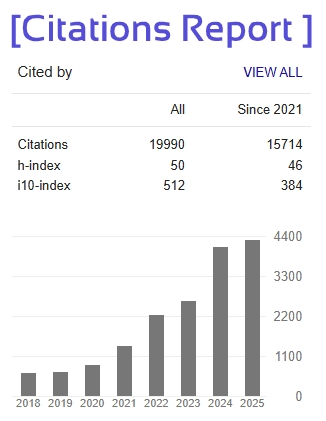Comparative Energy Analysis of Bio-Receptive and Conventional Façades in Different Climates
Niharika Mishra1, Q.H. Kapadia2
1Student, Amity School of Architecture & Planning, Amity University Chhattisgarh
2Professor, Amity School of Architecture & Planning, Amity University Chhattisgarh
Abstract - This review paper presents a comparative analysis of the energy performance of bio-receptive façades and conventional façade systems across diverse climatic contexts. With the increasing emphasis on sustainable architecture and environmentally responsive design, bio-receptive façades have emerged as an innovative solution that integrates biological elements—such as mosses, algae, or microorganisms—into building envelopes. These systems offer potential benefits including enhanced thermal insulation, passive cooling, and carbon sequestration, thereby contributing to the overall energy efficiency and ecological performance of buildings. The study employs a combination of case studies and simulation-based methodologies to evaluate the thermal behavior, heating and cooling load implications, and overall energy efficiency of bio-receptive façades in comparison to conventional alternatives. Given the evolving nature of this technology, the analysis is grounded in a comprehensive review of current literature, industry data, and relevant sustainability standards. The findings are critically examined in relation to established environmental performance benchmarks to identify alignments, discrepancies, and areas requiring further development. Preliminary results suggest that bio-receptive façades demonstrate considerable potential in enhancing building energy performance, particularly in temperate and humid climates. However, several challenges persist, including maintenance complexity, variability in biological growth, and integration with existing construction practices. This study concludes that while the adoption of bio-receptive façade systems is promising, successful implementation will require coordinated efforts among architects, engineers, and policymakers to address technical barriers and refine performance assessment frameworks.
Key Words: Bio-receptive facade, Energy efficiency, Sustainable architecture, Climate-responsive design, Thermal performance.







